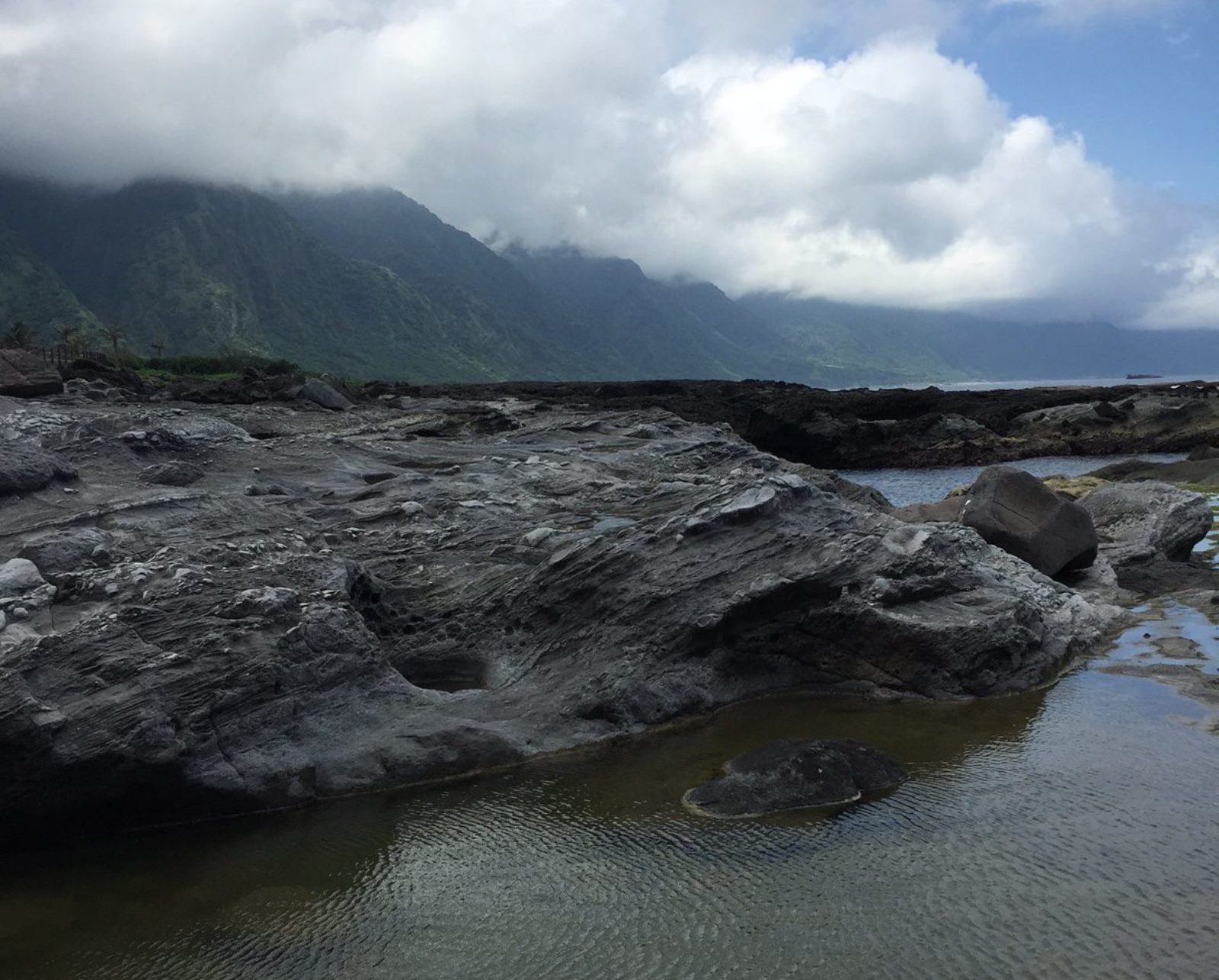Following the end of my incredible summer study abroad course in Taiwan in 2016, I embarked on a solo trip to Seoul, South Korea for even more adventures. I had been wanting to visit Korea for several years, and had always promised myself that if I made the trip there, I would absolutely make time to visit the renowned Korean Demilitarized Zone (DMZ).
I did quite a bit of research prior to my solo journey, especially in regard to booking a reputable DMZ tour. Access to different parts of the area can be limited at times or even restricted to the public (understandably so), and not all tours or companies include visits to Panmunjom and the Joint Security Area (JSA). Thus, it is important to book with a licensed tour company that is authorized to go to the JSA, and to know exactly what you are booking and what is included.
Furthermore, tours must be arranged and usually paid for in advance. As they tend to fill up quickly, reserving a spot early is recommended. I was able to make a reservation five days in advance via email while I was still in Taiwan, but had to send in photos of my passport to the tour company. Passengers are also required to bring their passports with them on the day of the tour, and military personnel then conduct passport checks at the JSA. There are several other requirements as well, but I will delve deeper into these details in my next post.
As tours and prices can vary, it is important to conduct a thorough comparison of available options. My initial tour choice was already fully booked at the time I was making a reservation, so I ended up going with Panmunjom Travel Center which provided an amazing experience. Their location was easy to find on the morning of the tour, and I was relieved to find that my attire met the dress code stipulations. The tour I chose stopped at a number of places including Imjingak Park, the Third Infiltration Tunnel, Dorasan Station and Dora Observatory, and of course, the JSA.
A truly unique aspect of the tour was the opportunity to hear from and talk with a North Korean defector. Our tour guide provided translation for the woman, and being able to hear her remarkable story of adversity and courage was incredible. She also took the time to answer many questions from the group.
She explained how she was able to eventually escape from the North with her daughter and discussed the challenges of transitioning to a completely new life. It is hard to imagine what going through an experience like that would be like, or how terrifying the journey must be for people who have to flee their country and risk their lives to do so, hoping that they will find safety and a better quality of life for themselves and their families.
Many points throughout the tour felt simply surreal. Our group departed from the bustling city of Seoul, and as we neared the border area, the scenery shifted to a sparsely populated space with stretches of barbed wire and security fences. At Dora Observatory, one is able to get a closer view of North Korea through binoculars and can even see Kijong-dong, also known as the Propaganda Village.
At one point while at the observatory, our guide called our attention to the sound of music coming from the North. I stood still peering out at the somewhat hazy landscape before us and eagerly listened in, and was able to hear strange, almost opera-like patriotic music being played on loud speakers from somewhere within the village in the distance. The guide moved on to another topic of discussion, but my attention remained drawn toward the eerie melody emitted from the other side…
Thanks for reading, and be sure to come back for more! In my next post, I discuss my experience at the Third Infiltration Tunnel and JSA, and other information about visiting this intriguing and complex area.




